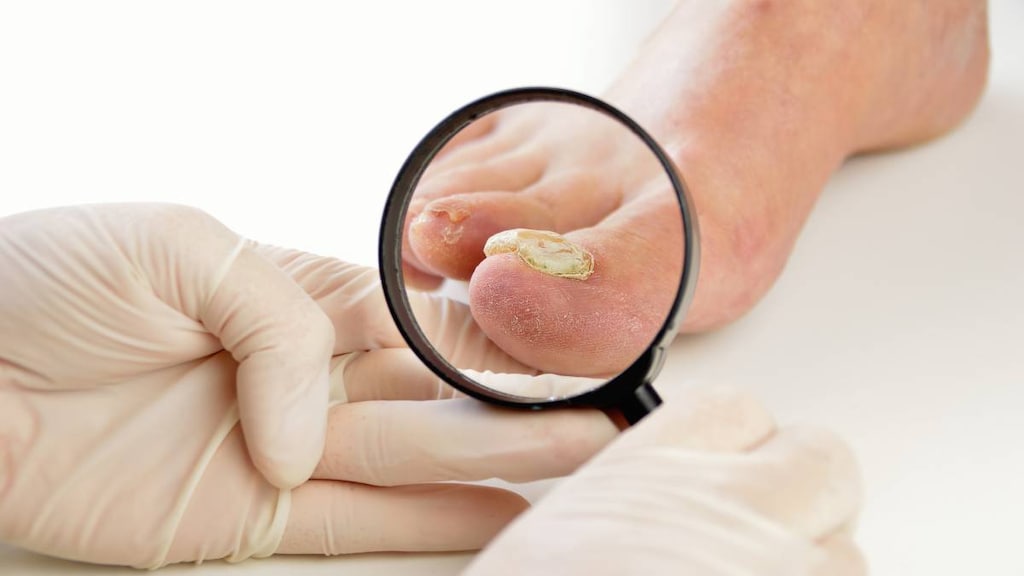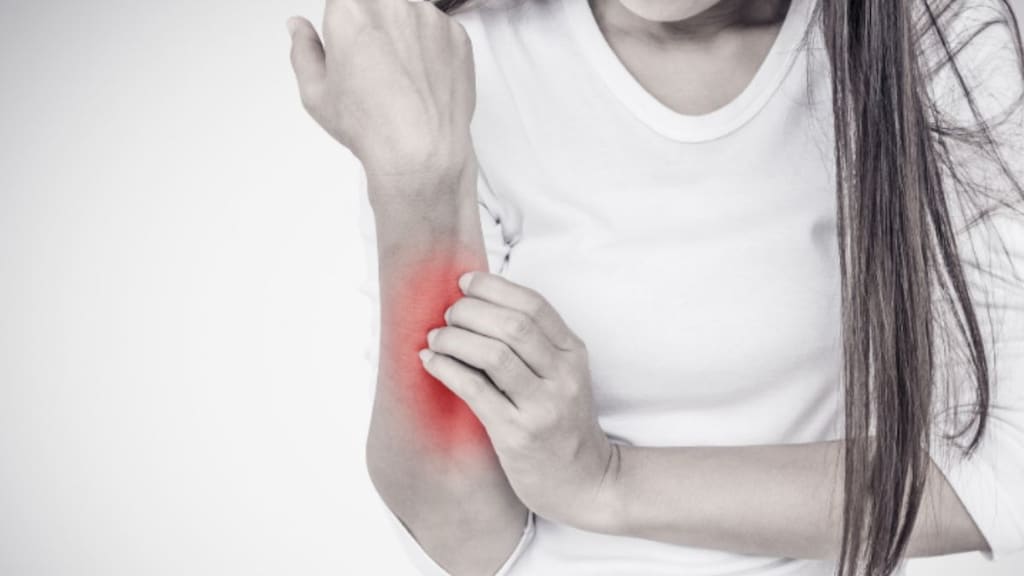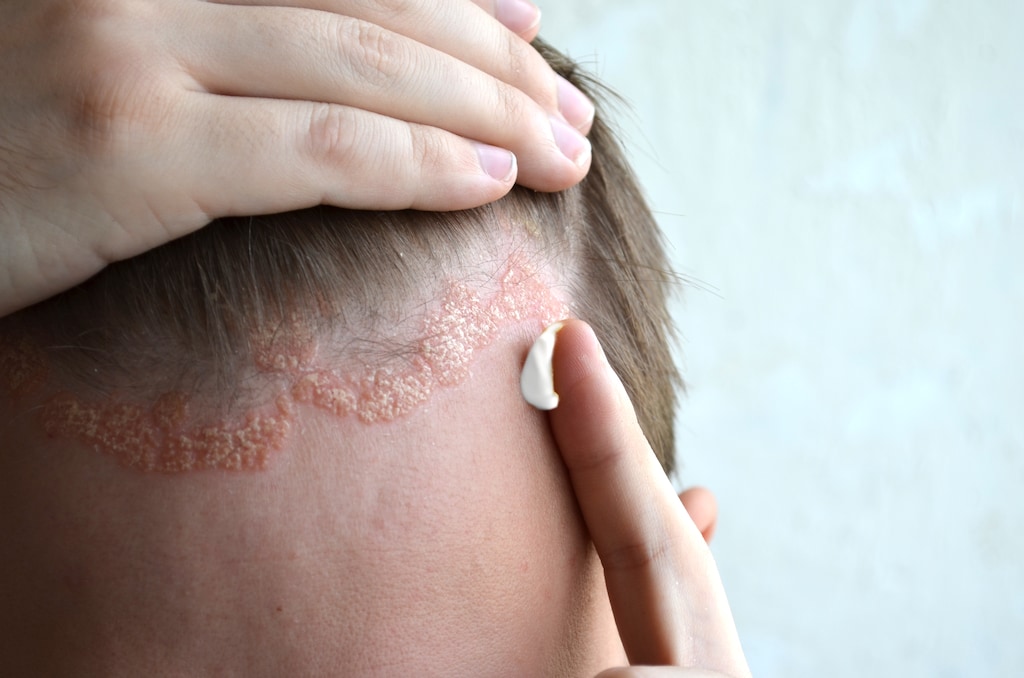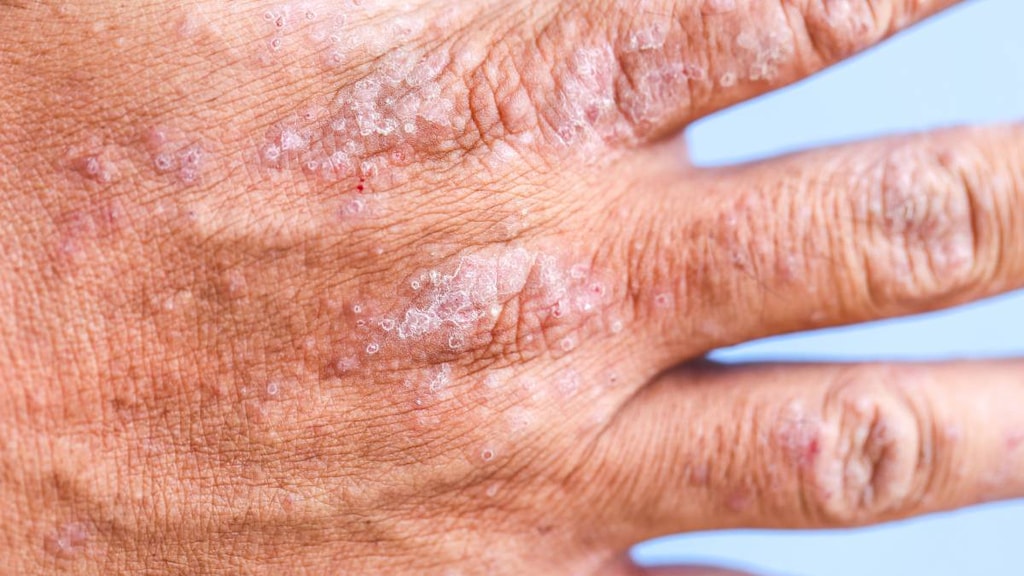Dosage Forms
Excipient information presented when available (limited, particularly for generics); consult specific product labeling. [DSC] = Discontinued product
Cream, External, as acetonide:
Synalar: 0.025% (120 g) [contains cetyl alcohol, edetate disodium, methylparaben, propylene glycol, propylparaben]
Generic: 0.01% (15 g, 60 g); 0.025% (15 g, 60 g)
Kit, External, as acetonide:
Synalar (Cream): 0.025% [contains cetyl alcohol, edetate disodium, methylparaben, propylene glycol, propylparaben]
Synalar (Ointment): 0.025%
Synalar TS: 0.01% [contains propylene glycol]
Xilapak: 0.01% [DSC] [contains butylparaben, cetyl alcohol, methylparaben, propylene glycol, propylparaben]
Oil, External, as acetonide:
Derma-Smoothe/FS Body: 0.01% (118.28 mL) [contains isopropyl alcohol, peanut oil]
Derma-Smoothe/FS Scalp: 0.01% (118.28 mL) [contains isopropyl alcohol, peanut oil]
Generic: 0.01% (118.28 mL)
Ointment, External, as acetonide:
Synalar: 0.025% (120 g)
Generic: 0.025% (15 g, 60 g)
Shampoo, External, as acetonide:
Capex: 0.01% (120 mL)
Solution, External, as acetonide:
Synalar: 0.01% (60 mL, 90 mL) [contains propylene glycol]
Generic: 0.01% (60 mL)
Pharmacology
Mechanism of Action
Topical corticosteroids have anti-inflammatory, antipruritic, and vasoconstrictive properties. May depress the formation, release, and activity of endogenous chemical mediators of inflammation (kinins, histamine, liposomal enzymes, prostaglandins) through the induction of phospholipase A2 inhibitory proteins (lipocortins) and sequential inhibition of the release of arachidonic acid. Fluocinolone has low to intermediate range potency (dosage-form dependent).
Pharmacokinetics/Pharmacodynamics
Absorption
Dependent on formulation, amount applied, nature of skin at application site; may be increased with inflammation or occlusion
Metabolism
Hepatic
Excretion
Primarily urine; bile
Use: Labeled Indications
Body oil: Treatment of moderate to severe atopic dermatitis in pediatric patients ≥3 months; treatment of atopic dermatitis in adults
Cream, ointment, topical solution: Relief of inflammatory and pruritic manifestations of corticosteroid-responsive dermatoses
Scalp oil: Treatment of psoriasis of the scalp in adults
Shampoo: Treatment of seborrheic dermatitis of the scalp
Contraindications
Hypersensitivity to fluocinolone or any component of the formulation
Documentation of allergenic cross-reactivity for corticosteroids is limited. However, because of similarities in chemical structure and/or pharmacologic actions, the possibility of cross-sensitivity cannot be ruled out with certainty.
Canadian labeling: Additional contraindications (not in US labeling): Viral (eg, herpes, varicella) lesions of the skin; bacterial or fungal skin infections; parasitic infections; skin manifestations relating to tuberculosis or syphilis; eruptions following vaccinations; application to the eye
Dosage and Administration
Dosing: Adult
Note: Dosage should be based on severity of disease and patient response; use smallest amount for shortest period of time. Therapy should be discontinued when control is achieved.
Atopic dermatitis: Topical: Body oil: Apply thin film to affected area 3 times daily
Corticosteroid-responsive dermatoses: Topical: Cream, ointment, solution: Apply a thin layer to affected area 2 to 4 times daily; may use occlusive dressings to manage psoriasis or recalcitrant conditions
Scalp psoriasis: Topical: Scalp oil: Massage thoroughly into wet or dampened hair/scalp; cover with shower cap. Leave on overnight (or for at least 4 hours). Remove by washing hair with shampoo and rinsing thoroughly.
Seborrheic dermatitis of the scalp: Topical: Shampoo: Apply no more than 1 ounce to scalp once daily; work into lather and allow to remain on scalp for ~5 minutes. Remove from hair and scalp by rinsing thoroughly with water.
Dosing: Geriatric
Refer to adult dosing.
Dosing: Pediatric
Note: Dosage should be based on severity of disease and patient response; use smallest amount for shortest period of time to avoid HPA axis suppression. Therapy should be discontinued when control is achieved.
Atopic dermatitis, moderate to severe:
Derma-Smoothe/FS body oil (0.01%): Infants ≥3 months, Children, and Adolescents: Topical: Moisten skin; apply a thin film to affected area twice daily; do not use for longer than 4 weeks
Derma-Smoothe/FS scalp oil (0.01%): Limited data available: Children ≥2 years and Adolescents: Topical: Apply a thin film to affected area twice daily; do not use longer than 4 weeks
Corticosteroid-responsive dermatoses: Synalar cream (0.025%), ointment (0.025%), topical solution (0.01%): Children and Adolescents: Topical: Apply thin layer 2 to 4 times daily to affected area; may use occlusive dressings to manage psoriasis or recalcitrant conditions
Reconstitution
Shampoo: Prior to dispensing, empty the contents of the capsule into the liquid shampoo; shake well.
Administration
Topical: Not for oral, ophthalmic, or intravaginal use; do not apply to the face, axillae, or groin unless directed by healthcare provider.
Body oil: Apply the least amount necessary to cover the affected area; do not apply to intertriginous areas.
Cream, ointment, topical solution: Apply sparingly in a thin film; rub in lightly. In hairy sites, the hair should be parted to allow direct contact with the lesion. Occlusive dressings may be helpful in managing psoriasis or recalcitrant conditions, but should not be used if an infection develops.
Shampoo: Shake well before use; do not bandage, wrap, or cover treated scalp area unless directed by healthcare provider.
Storage
Body oil, scalp oil, shampoo: Store between 20°C and 25°C (68°F and 77°F); excursions are permitted to 15°C to 30°C (59°F to 86°F). Discard shampoo after 2 months.
Cream, ointment, topical solution: Store between 15°C and 25°C (59°F and 77°F); avoid freezing and excessive heat above 40°C (104°F).
Drug Interactions
Aldesleukin: Corticosteroids may diminish the antineoplastic effect of Aldesleukin. Avoid combination
Corticorelin: Corticosteroids may diminish the therapeutic effect of Corticorelin. Specifically, the plasma ACTH response to corticorelin may be blunted by recent or current corticosteroid therapy. Monitor therapy
Deferasirox: Corticosteroids may enhance the adverse/toxic effect of Deferasirox. Specifically, the risk for GI ulceration/irritation or GI bleeding may be increased. Monitor therapy
Hyaluronidase: Corticosteroids may diminish the therapeutic effect of Hyaluronidase. Management: Patients receiving corticosteroids (particularly at larger doses) may not experience the desired clinical response to standard doses of hyaluronidase. Larger doses of hyaluronidase may be required. Consider therapy modification
Ritodrine: Corticosteroids may enhance the adverse/toxic effect of Ritodrine. Monitor therapy
Adverse Reactions
Frequency not defined.
Cardiovascular: Intracranial hypertension (rare)
Central nervous system: Telangiectasia
Dermatologic: Acneiform eruptions, allergic contact dermatitis, atopic dermatitis (secondary), burning, dryness, erythema, folliculitis, irritation, itching, hypertrichosis, hypopigmentation, keratosis pilaris, miliaria, papules, perioral dermatitis, pustules, shiny skin, skin atrophy, striae
Endocrine & metabolic: Cushing's syndrome, HPA axis suppression
Otic: Ear infection
Miscellaneous: Herpes simplex, secondary infection
Warnings/Precautions
Concerns related to adverse effects:
- Adrenal suppression: May cause hypercortisolism or suppression of hypothalamic-pituitary-adrenal (HPA) axis, particularly in younger children or in patients receiving high doses for prolonged periods. HPA axis suppression may lead to adrenal crisis.
- Contact dermatitis: Allergic contact dermatitis can occur, it is usually diagnosed by failure to heal rather than clinical exacerbation.
- Kaposi sarcoma: Prolonged treatment with corticosteroids has been associated with the development of Kaposi sarcoma (case reports); if noted, discontinuation of therapy should be considered (Goedert 2002).
- Local effects: Local adverse reactions may occur (eg, skin atrophy, striae, telangiectasias, burning, itching, irritation, dryness, folliculitis, acneiform eruptions, hypopigmentation, perioral dermatitis, allergic contact dermatitis, secondary infection miliaria); may be irreversible. Local adverse reactions are more likely to occur with occlusive and/or prolonged use. If irritation develops, discontinued use and institute appropriate therapy.
- Skin infections: Concomitant skin infections may be present or develop during therapy; discontinue if dermatological infection persists despite appropriate antimicrobial therapy.
- Systemic effects: Topical corticosteroids may be absorbed percutaneously. Absorption of topical corticosteroids may cause manifestations of Cushing syndrome, hyperglycemia, or glycosuria. Absorption is increased by the use of occlusive dressings, application to denuded skin, or application to large surface areas.
Special populations:
- Pediatric: Children may absorb proportionally larger amounts after topical application and may be more prone to systemic effects. HPA axis suppression, intracranial hypertension, and Cushing syndrome have been reported in children receiving topical corticosteroids. Prolonged use may affect growth velocity; growth should be routinely monitored in pediatric patients.
Dosage form specific issues:
- Peanut oil: Derma-Smoothe/FS products may contain peanut oil; use caution in peanut-sensitive individuals.
Other warnings/precautions:
- Appropriate use: Not for oral, ophthalmic, or intravaginal use; do not apply to the face, axillae, groin, or diaper area unless directed by health care provider. Use the least amount needed to cover the affected area; discontinue when control is achieved. If improvement is not seen within 2 weeks, reassess.
- Appropriate use: Shampoo: Has not been proven to be effective in corticosteroid responsive dermatoses other than seborrheic dermatitis of the scalp.
Monitoring Parameters
Growth in pediatric patients; HPA axis suppression (eg, ACTH stimulation test, morning plasma cortisol test, urinary free cortisol test); signs of bacterial or fungal infection
Pregnancy
Pregnancy Risk Factor
C
Pregnancy Considerations
Adverse events have been observed with corticosteroids in animal reproduction studies. In general, the use of topical corticosteroids during pregnancy is not considered to have significant risk; however, intrauterine growth retardation in the infant has been reported (rare). The use of large amounts or for prolonged periods of time should be avoided (Reed 1997).
Patient Education
What is this drug used for?
- It is used to treat skin irritation.
- It is used to treat skin rashes.
- It is used to treat scalp irritation.
- It is used to treat scalp psoriasis.
Frequently reported side effects of this drug
- Dry skin
- Stinging
- Burning
Other side effects of this drug: Talk with your doctor right away if you have any of these signs of:
- High blood sugar like confusion, fatigue, increased thirst, increased hunger, passing a lot of urine, flushing, fast breathing, or breath that smells like fruit
- Adrenal gland problems like severe nausea, vomiting, severe dizziness, passing out, muscle weakness, severe fatigue, mood changes, lack of appetite, or weight loss
- Cushing syndrome like weight gain in upper back or abdomen; moon face; severe headache; or slow healing
- Skin changes like acne, stretch marks, slow healing, or hair growth
- Severe skin irritation
- Signs of a significant reaction like wheezing; chest tightness; fever; itching; bad cough; blue skin color; seizures; or swelling of face, lips, tongue, or throat.
Note: This is not a comprehensive list of all side effects. Talk to your doctor if you have questions.
Consumer Information Use and Disclaimer: This information should not be used to decide whether or not to take this medicine or any other medicine. Only the healthcare provider has the knowledge and training to decide which medicines are right for a specific patient. This information does not endorse any medicine as safe, effective, or approved for treating any patient or health condition. This is only a brief summary of general information about this medicine. It does NOT include all information about the possible uses, directions, warnings, precautions, interactions, adverse effects, or risks that may apply to this medicine. This information is not specific medical advice and does not replace information you receive from the healthcare provider. You must talk with the healthcare provider for complete information about the risks and benefits of using this medicine.



